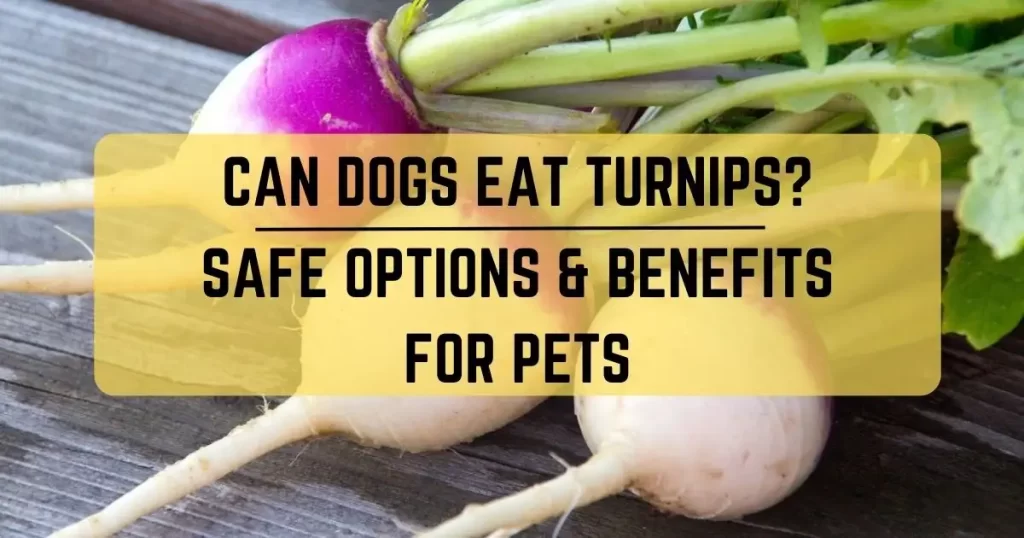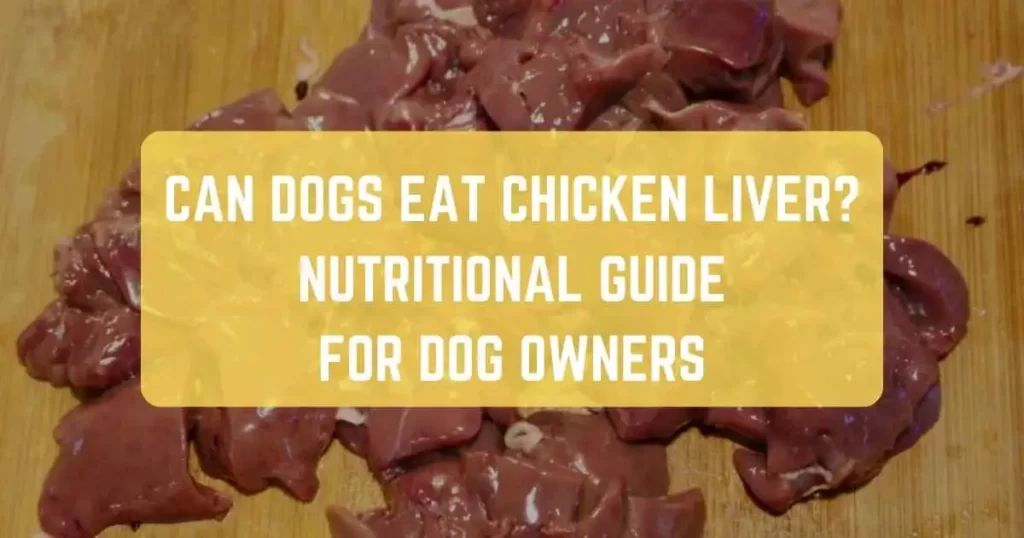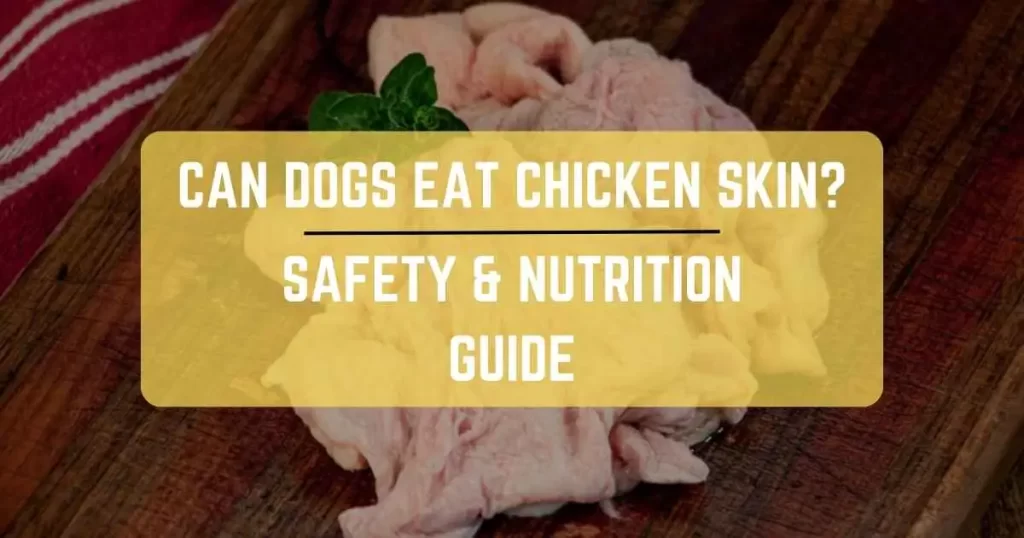
Discover the surprising truth about turnips and dogs. Are turnips safe for our furry friends?
Can dogs enjoy the benefits of turnips just like we do? Find out why turnips are more than just a root vegetable. From their health benefits and potential risks to how to serve them to your dog, this guide will unveil everything you need to know.
Whether you’re curious about feeding turnips to dogs with thyroid issues or looking for a nutritious addition to your dog’s diet, we’ve got you covered.
Get ready to explore the fascinating world of turnips and their impact on your furry companion’s well-being.
Can Dogs Eat Turnips?
Yes, dogs can eat turnips. Turnips are safe for dogs to consume in moderation and can provide various health benefits. Just make sure to prepare them properly and serve them in appropriate portions.
Turnip Varieties Safe for Dogs
When it comes to turnips for dogs, it’s important to consider the variety. Most experts agree that both white and purple turnips are safe for dogs to eat. However, certain caution should be exercised when it comes to feeding dogs large amounts of turnips, especially those with pre-existing health conditions.
Can I give my dog raw turnips?
Yes, dogs can eat raw turnips in moderation. Raw turnips provide a crunchy and refreshing treat for your canine companion. They are low in calories and packed with vitamins and minerals, including vitamin C and vitamin B6. However, it’s essential to chop up the turnips into small pieces to make them easier for dogs to digest.
Can a dog eat cooked turnips?
Yes, dogs can eat Cooked Turnips. You can steam or boil the turnips until they are tender, making them easier for dogs to chew and digest. However, avoid adding any seasonings or oils that may be harmful to dogs. Plain, cooked turnips can be mixed into your dog’s regular food or served as a standalone treat. Just ensure that the turnips have cooled down to an appropriate temperature before offering them to your furry friend.
Health Benefits of Turnips for Dogs
- Turnips are a nutritious root vegetable that can be beneficial for dogs. They are packed with essential vitamins and minerals, including vitamin C, magnesium, and vitamin B6.
- Turnip greens, which are the leafy part of the vegetable, are also safe for dogs to eat and provide additional health benefits.
- The vitamin C content in turnips supports a healthy immune system in dogs, helping to keep them strong and resilient against common illnesses.
- Turnips contain magnesium, which plays a crucial role in maintaining a healthy nervous system in dogs. This mineral helps regulate nerve function and promotes overall wellbeing.
- Turnips are a good source of vitamin B6, which is involved in various bodily functions. This vitamin helps to suppress the functioning of the thyroid, making turnips suitable for dogs with thyroid issues as long as they are served in moderation.
Potential Risks of Turnips for Dogs
While turnips can be a healthy addition to a dog’s diet, it’s important to be aware of the potential risks associated with their consumption. Here are some key points to consider:
- Thyroid Interference: Turnips contain compounds that can potentially suppress the functioning of the thyroid. Dogs with pre-existing thyroid issues should exercise caution when feeding turnips and consult with a veterinarian beforehand.
- Digestive Issues: Feeding excessive amounts of turnip greens, which are the leafy tops of the turnip root, can pose digestive issues for dogs. It’s recommended to introduce these greens gradually and in smaller portions to avoid any digestive discomfort.
- Kidney Stimulation: Turnips have diuretic properties, which means they can stimulate kidney function and increase urine production. Dogs with kidney problems should avoid consuming turnips and consult with a veterinarian for guidance.
Final Thoughts
In conclusion, dogs can safely eat turnips as long as they are given in moderation and prepared appropriately. Turnips can be a healthy and nutritious addition to your dog’s diet, providing vitamins and minerals while being low in calories.
Whether you choose to serve them raw or cooked, it’s important to monitor your dog’s response and consult with a veterinarian if you have any concerns. Remember, every dog is unique, and what works for one may not work for another.
So, make sure to introduce turnips gradually and in consultation with your vet.
Frequently Asked Questions
How much turnip can a dog eat?
Start by feeding your dog half a turnip per day. The amount of turnip a dog can eat depends upon the size, age, and dietary needs of your dog. The recommended amount of turnip for a dog to eat is approximately 10% or less of their daily food intake.
Can dogs eat raw turnip roots?
Yes, dogs can eat raw turnip roots. Raw turnips can provide a crunchy and refreshing treat for your dog. Just make sure to cut them into small, easily digestible pieces.
Can dogs eat turnips and parsnips?
Yes, dogs can eat both turnips and parsnips. These root vegetables are generally safe for dogs to consume in moderation, as long as they are properly prepared and cooked without any seasonings or additives that may be harmful to dogs.
Can dogs eat carrots and turnips?
Yes, dogs can eat carrots and turnips. Carrots and turnips are both safe and healthy options for dogs. They can be served raw or cooked, as long as they are cut into appropriate-sized pieces for easy consumption.
Are turnips toxic to dogs?
No, turnips are not toxic to dogs. In fact, turnips can provide various health benefits for dogs when served in moderation. However, it’s important to consider any pre-existing health conditions or sensitivities your dog may have and consult with a veterinarian if you have specific concerns.
Can Dogs Eat Pickled Turnips?
No, dogs should not eat pickled turnips. Pickled turnips often contain high levels of salt and vinegar, which can be harmful to dogs. Stick to serving fresh, cooked, or raw turnips to ensure your dog’s safety and well-being.









